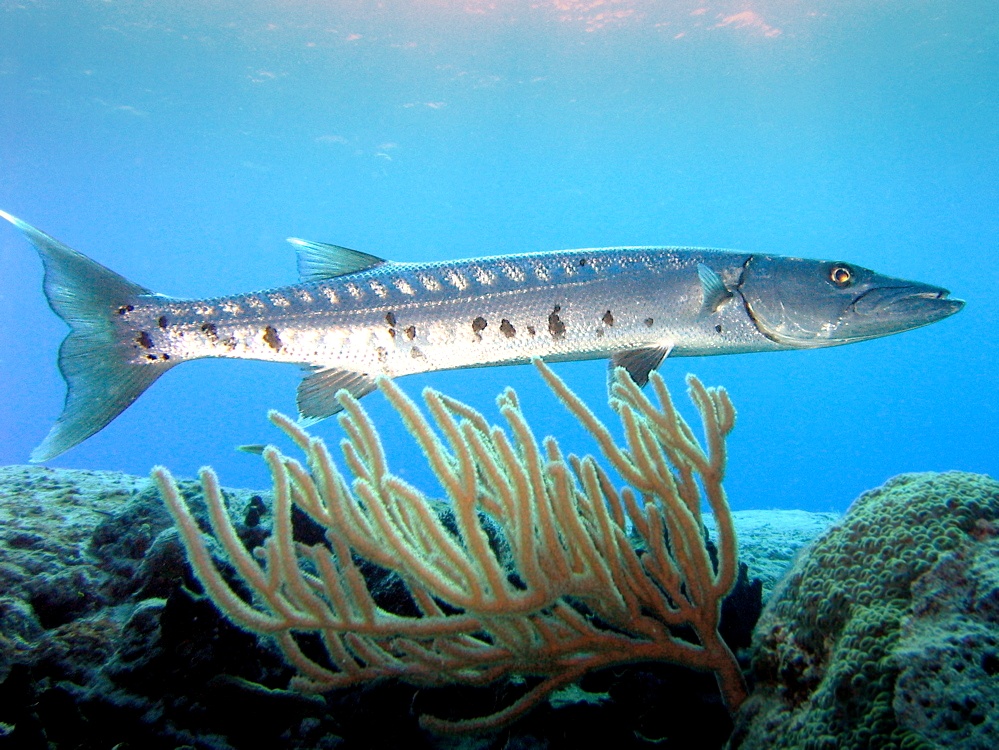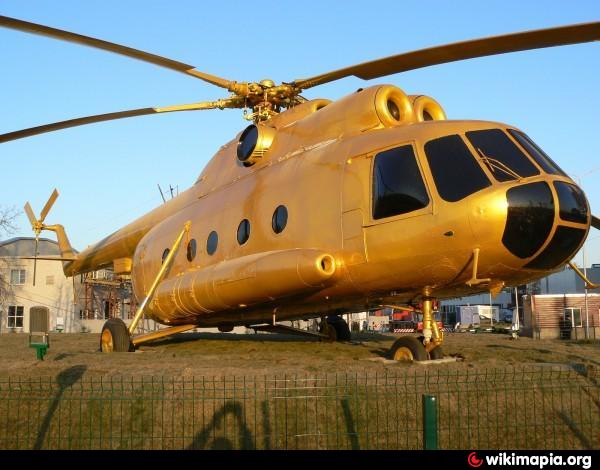
Shortfin barracuda for Australia
The vision of the Shortfin Barracuda Block 1A, the ship project that secured DCNS' participation in the final negotiations for the "submarine contract of the century". Recently, the French company has achieved two more "underwater" successes - the Norwegian government has listed it as one of two competitors (along with TKMS) to supply ships to the local fleet, and the first Scorpène type unit built in India went to sea.
On April 26, Prime Minister Malcolm Turnbull, Secretary of Defense Maris Payne, Minister for Industry, Innovation and Science Christopher Payne and Commander of the Australian Navy Wadm. Tim Barrett has announced the selection of his preferred partner for the SEA 1000 program, a new RAN submarine. It was the French state-owned shipbuilding company DCNS. Such strong representation from the federal government at the event should come as no surprise as the program is estimated to cost up to A$50 billion once turned into a contract, making it the largest defense enterprise in Australian history.
The contract, the details of which are to be agreed soon, will include the construction of 12 submarines in Australia and support for their operation throughout their service life. As already mentioned, its cost could be approximately 50 billion Australian dollars, and the maintenance of the units during their 30-year service is estimated at another ... 150 billion. This is the largest military order in Australian history and the most expensive and largest conventional submarine contract in the world today by number of units.
SEA 1000
The groundwork for initiating the Royal Australian Navy's (RAN) most ambitious submarine development program to date, the Future Submarine Program (SEA 1000), was laid in the 2009 Defense White Paper. This document also recommended the establishment of the Submarine Construction Authority (SCA) , structure for the purpose of overseeing the entire project.
According to Australian defense doctrine, ensuring the security of maritime transport, which is the basis of the country's economy, as well as membership in ANZUS (Pacific Security Pact) requires the use of submarines, allowing for long-range reconnaissance, surveillance and surveillance on a tactical scale, as well as effective deterrence with the ability to destroy potential aggressors . Canberry's determination is also reinforced by growing tensions in the South China and East China Seas, due to China's decisive position in relation to this region of Asia, through which a proportionately large part of the cargo important in terms of the flow of the Australian economy passes. The arrival of new submarines in line is intended to maintain the naval operational advantage of the RAN in its areas of interest in the Pacific and Indian Oceans until the 40s. The government in Canberra considered further cooperation with the US Navy aimed at providing access to the latest developments in weapons and combat systems for submarines (preferred among them: Lockheed Martin Mk 48 Mod 7 CBASS and General Dynamics torpedoes combat control system) AN / BYG- 1) and the continuation of the process of expanding the interoperability of both fleets in peacetime and conflict.
As a starting point for the further process of selecting new ships, it was assumed that they should be characterized by: greater autonomy and range than the Collins units currently used, a new combat system, improved weapons and high stealth. At the same time, like previous governments, the current one rejected the possibility of acquiring nuclear power units. Initial market analysis quickly showed that there were no off-the-shelf unit designs that met all of the RAS's specific operational requirements. Accordingly, in February 2015, the Australian Government launched a competitive bidding process to identify a design and construction partner for next-generation submarines, to which three foreign bidders were invited.
The number of units planned to be purchased is somewhat surprising. However, this stems from experience and the need to maintain a greater number of ships capable of simultaneous operation than today. Of the six Collins, two can be sent at any time and no more than four for a short time. The complex design and equipment of modern submarines make their maintenance and repair labor intensive.
